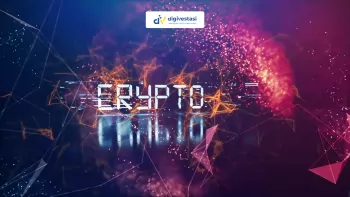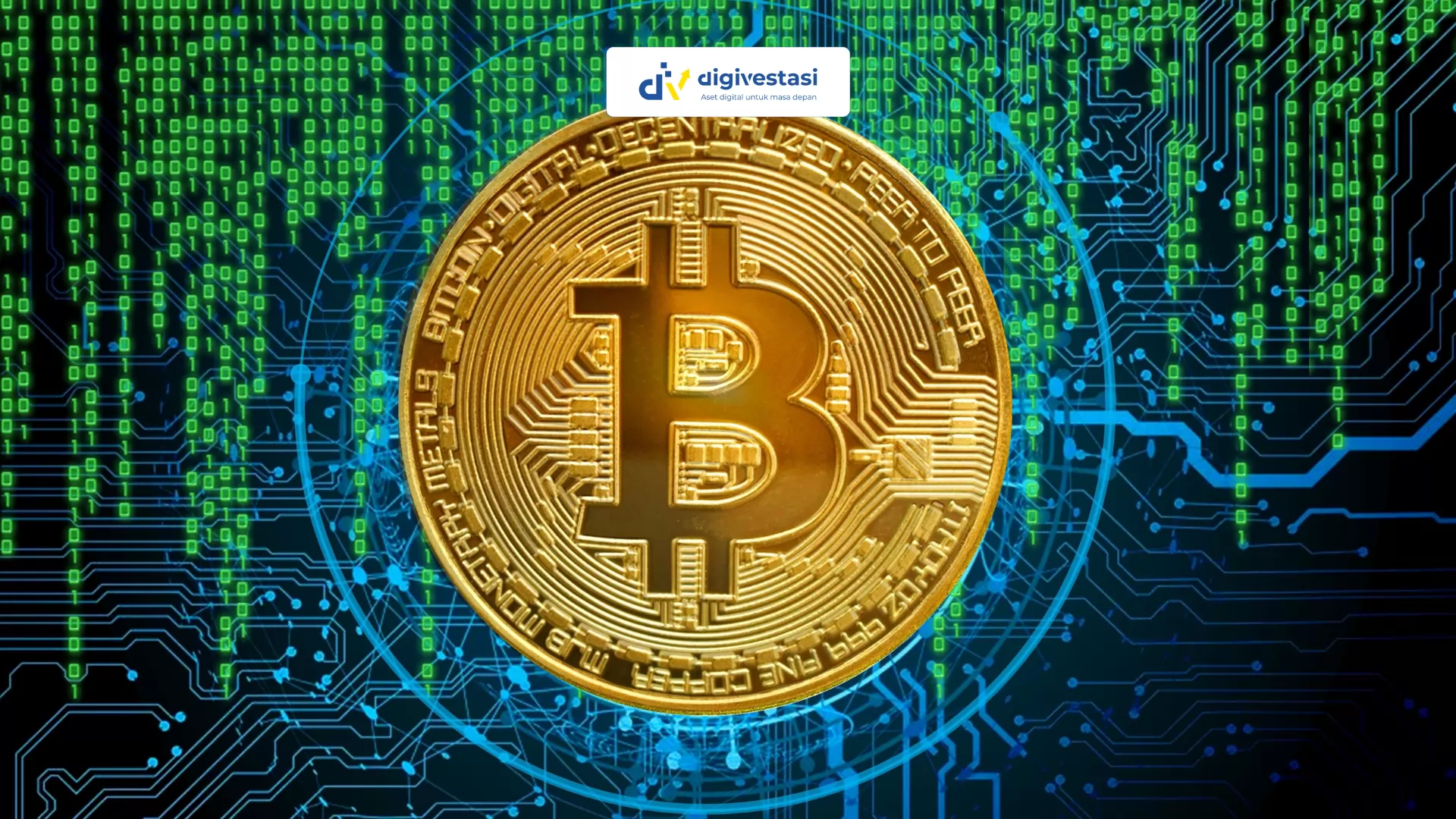
Crypto News
CME to Revolutionize the Market! 24/7 Crypto Futures Contracts Set for Early 2026 Launch
/index.php
Crypto News - Posted on 09 October 2025 Reading time 5 minutes

Entering a New Era: Examining the Future Direction of Cryptocurrency and Blockchain Technology
In recent years, cryptocurrency and blockchain technology have evolved from mere “digital trends” into integral components of the global financial system. Today, they stand at a crucial crossroads — where innovation, regulation, and public adoption will determine how the digital asset ecosystem develops in the years ahead.
From Digital Assets to Global Financial Infrastructure
As financial institutions increasingly show interest in real-world asset (RWA) tokenization, blockchain is now being viewed not just as a platform for speculative trading but as the core infrastructure of future finance.
According to a report by Nasdaq, the tokenization process has entered its practical implementation phase, with several major investment managers reportedly migrating portions of their portfolios to blockchain-based platforms.
This marks a significant step toward integrating traditional and digital assets within modern trading ecosystems.
Meanwhile, Avax.network highlights that the medium-term direction of global finance is shifting toward a 24-hour, borderless trading system, eliminating the limitations of traditional market operating hours — with blockchain serving as its backbone.
Technical Challenges: Scalability, Interoperability, and the Quantum Computing Threat
Despite growing optimism, blockchain technology still faces substantial technical challenges.
In a scholarly paper titled “Blockchain Technology: Core Mechanisms, Evolution, and Future Implementation Challenges” published on arXiv, researchers identified three key issues:
Scalability – the network’s ability to handle large transaction volumes efficiently;
Interoperability – the capacity for different blockchain networks to interact seamlessly; and
Integration – the challenge of connecting blockchain systems with legacy financial infrastructures that still dominate global markets.
In addition, the threat of quantum computing is becoming a major concern. Quantum technology could potentially break the cryptographic foundations that secure today’s blockchains.
Consequently, research into post-quantum blockchain security has intensified. One notable project, Quantum Resistant Ledger (QRL), utilizes quantum-resistant cryptographic algorithms to safeguard its network against future quantum attacks.
Regulation and the Role of Governments: Building Digital Asset Legitimacy
Institutional acceptance and regulatory clarity are increasingly viewed as critical factors shaping the future of the crypto industry.
Several countries and global financial organizations are moving swiftly to establish legal frameworks and specialized supervisory bodies for digital assets.
For instance, SWIFT, the international banking network, is reportedly developing its own blockchain-based infrastructure to enhance cross-border payment efficiency through tokenization, according to a report from the Financial Times.
Meanwhile, the Chicago Mercantile Exchange (CME Group) is preparing to launch 24/7 crypto derivatives trading by early 2026 — a move that underscores the deepening penetration of digital assets into mainstream finance.
Future Scenarios: From Store of Value to Global Infrastructure
Bitcoin as a Long-Term Store of Value
Many analysts expect Bitcoin to solidify its role as a long-term hedge asset, comparable to gold, as institutional confidence in its scarcity and stability continues to grow.
Integration of Traditional Finance and DeFi
Conventional financial systems are projected to transform by adopting DeFi (Decentralized Finance) components.Banks and investment firms will likely develop hybrid models that merge decentralized efficiency with regulatory compliance.
Decentralized Governance via DAO and Tokenomics
Decentralized Autonomous Organizations (DAOs) could emerge as a new model for corporate and community governance — utilizing token-based systems for voting rights, incentives, and value distribution.
Blockchain as a Cross-Sector Infrastructure
The adoption of blockchain technology is expected to expand across various industries, including logistics, healthcare, supply chains, public data, and digital identity, offering transparency and auditability as its core advantages.
Bridging Innovation and Reality
The future of cryptocurrency and blockchain now lies at a pivotal intersection between ambition and real-world implementation.
The greatest challenge for the global ecosystem — from startups to regulators — is bridging the gap between technological potential and practical, sustainable application.
The success of this transformation will depend heavily on:
Pragmatic innovation,
Collaboration between public and private sectors, and
System design that prioritizes security, usability, and public trust.
If these three elements align, the new era of blockchain and digital assets will no longer be a mere concept — but the foundation of a more transparent and inclusive global financial system.
What do you think about this topic? Tell us what you think. Don't forget to follow Digivestasi's Instagram, TikTok, Youtube accounts to keep you updated with the latest information about economics, finance, digital technology and digital asset investment.
DISCLAIMER
All information contained on our website is summarized from reliable sources and published in good faith and for the purpose of providing general information only. Any action taken by readers on information from this site is their own responsibility.